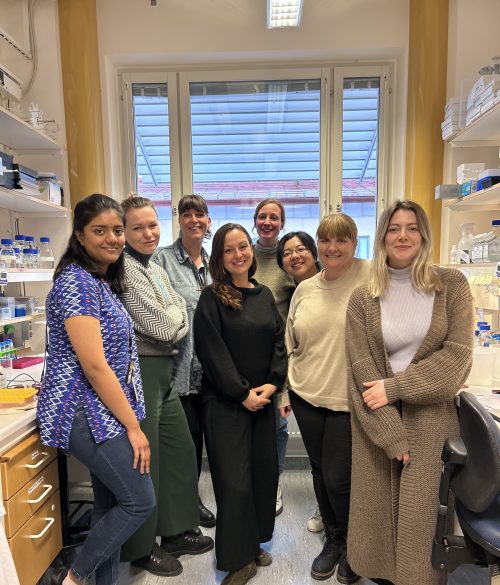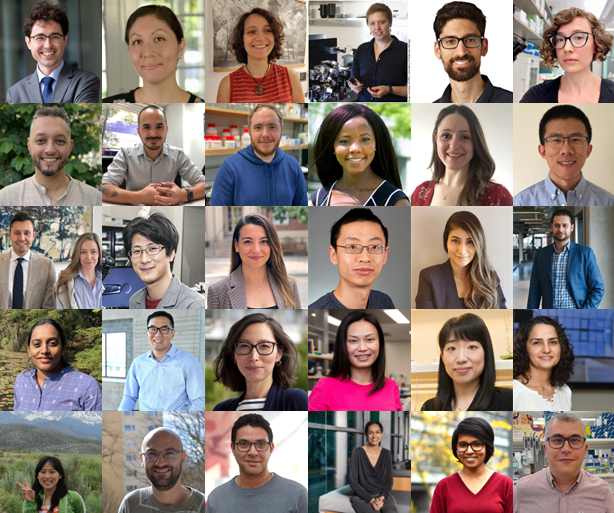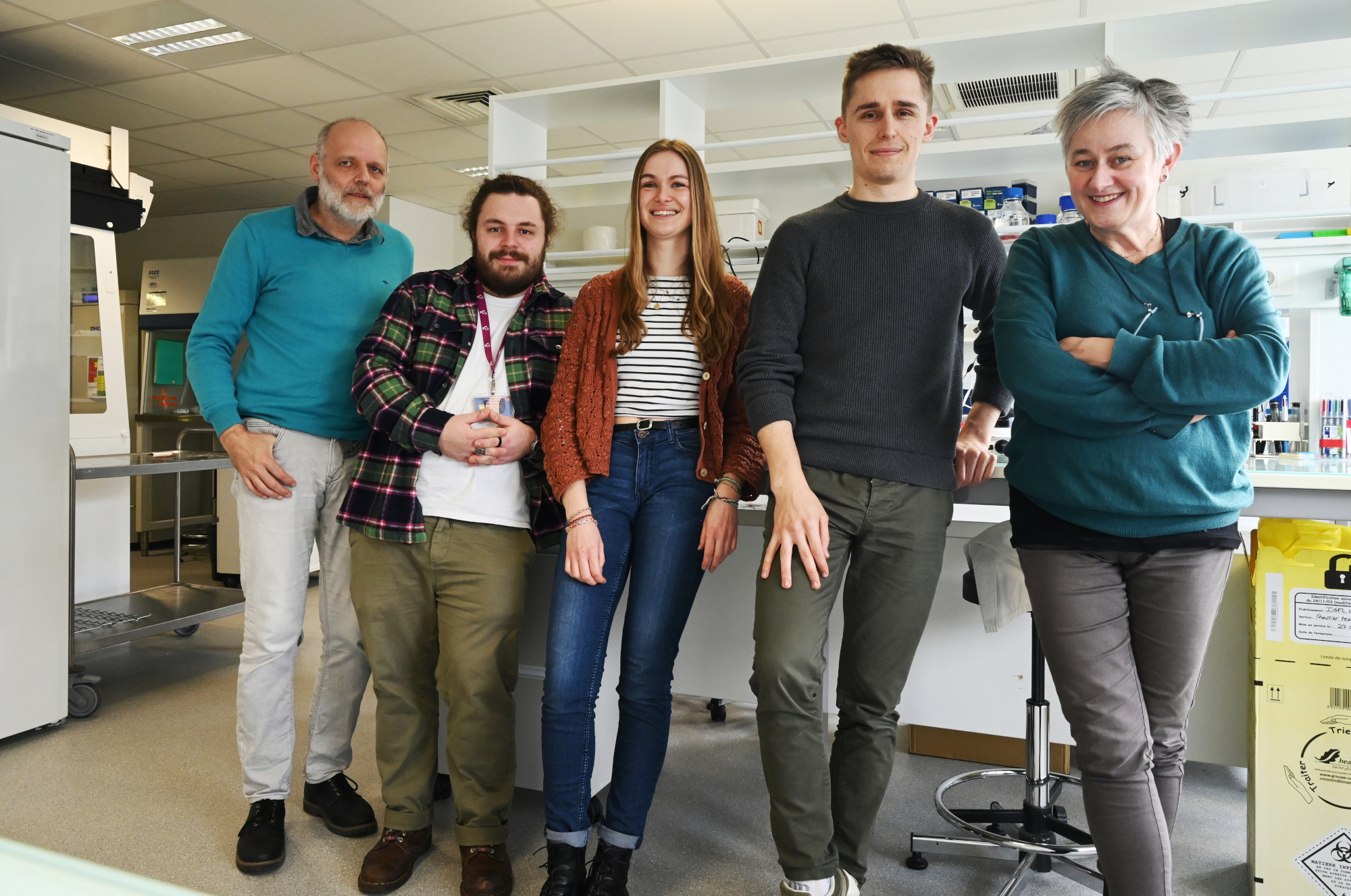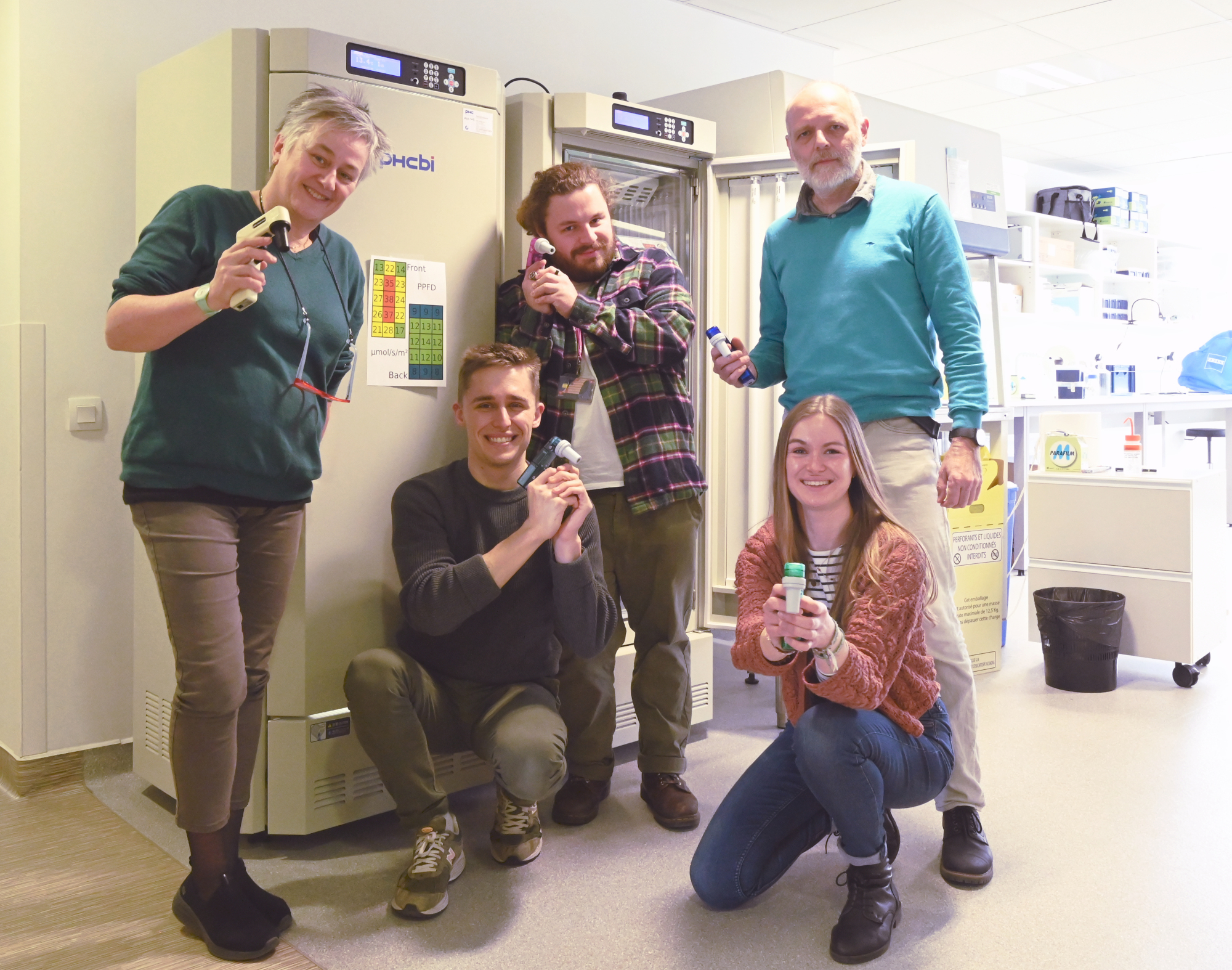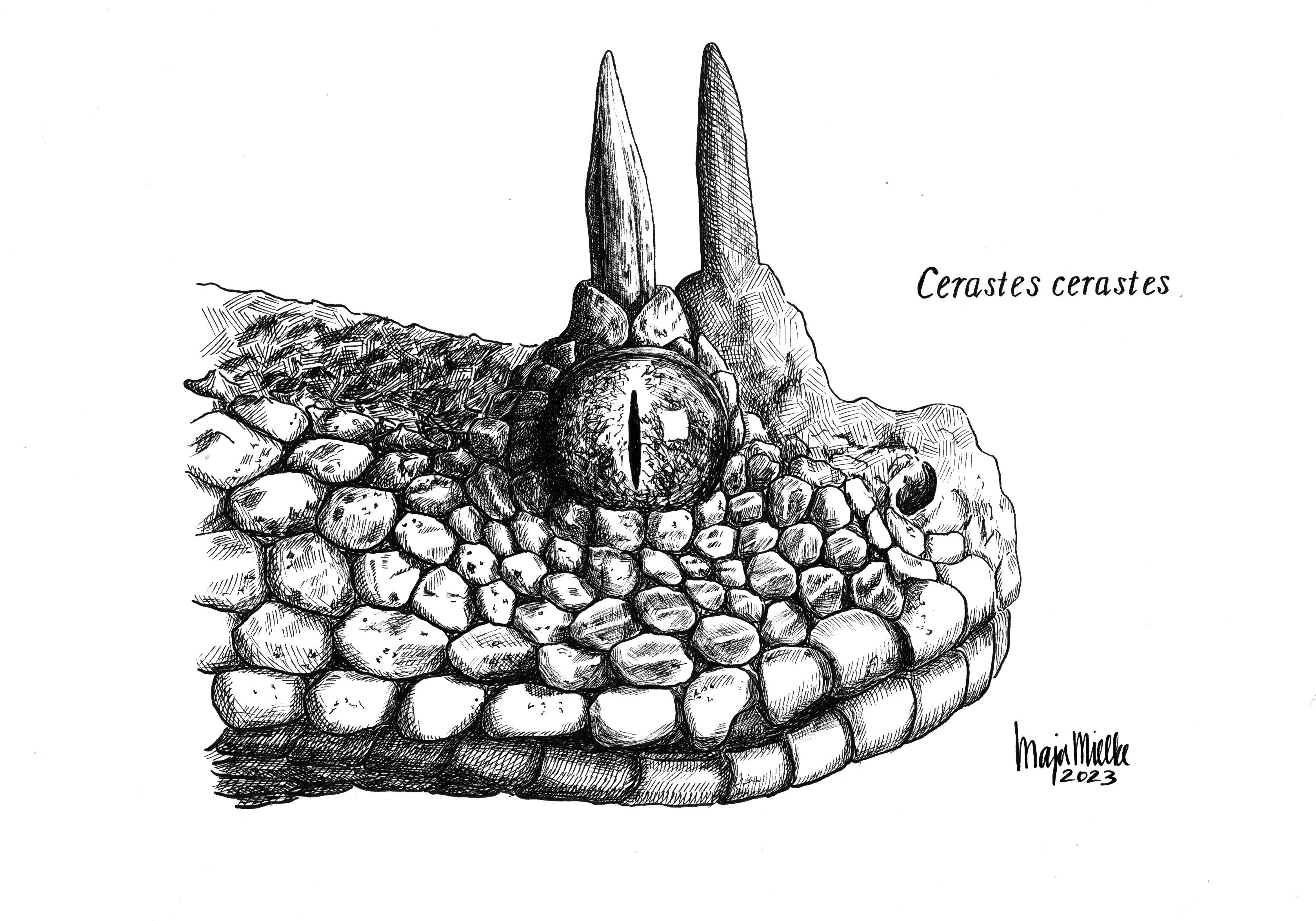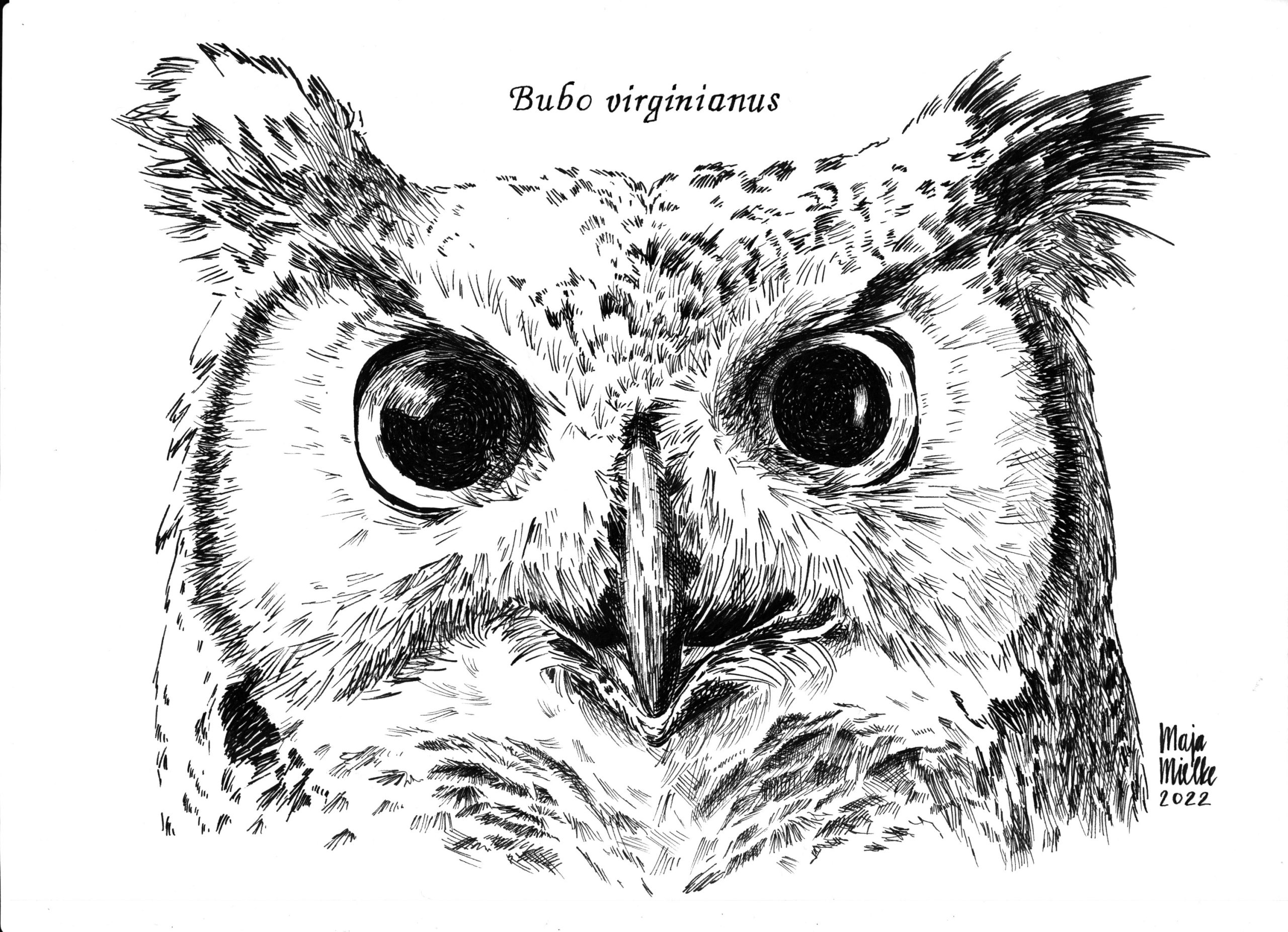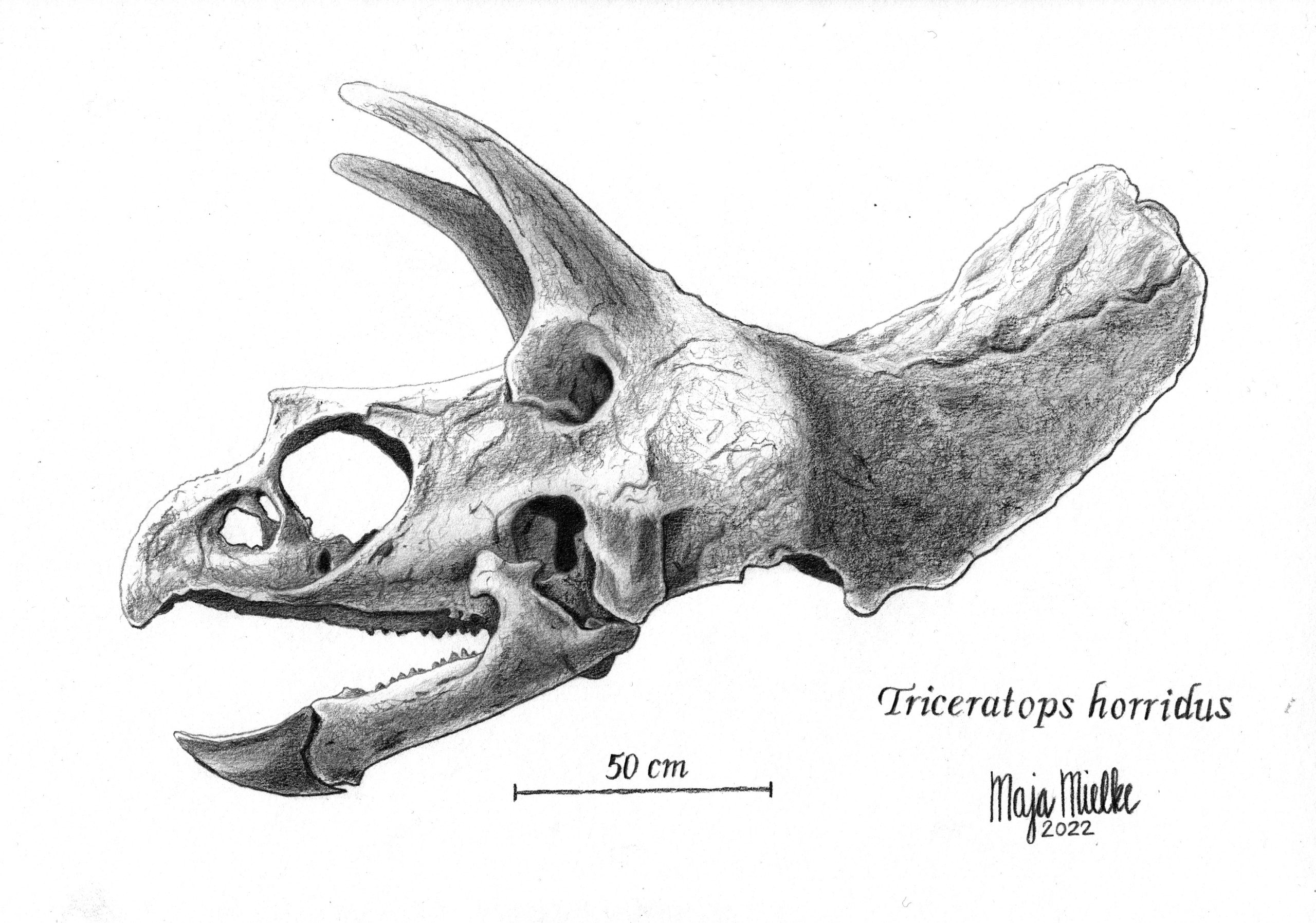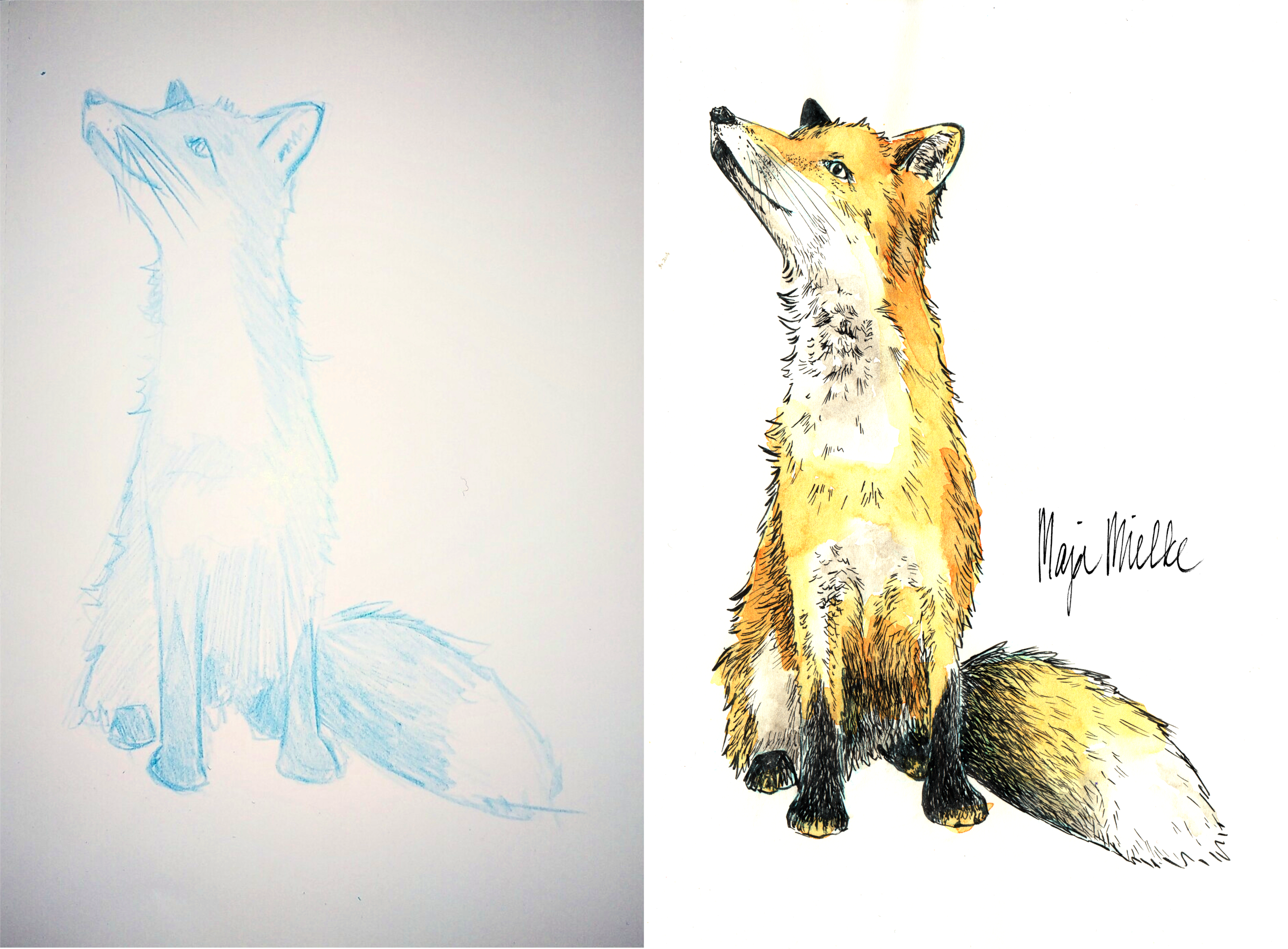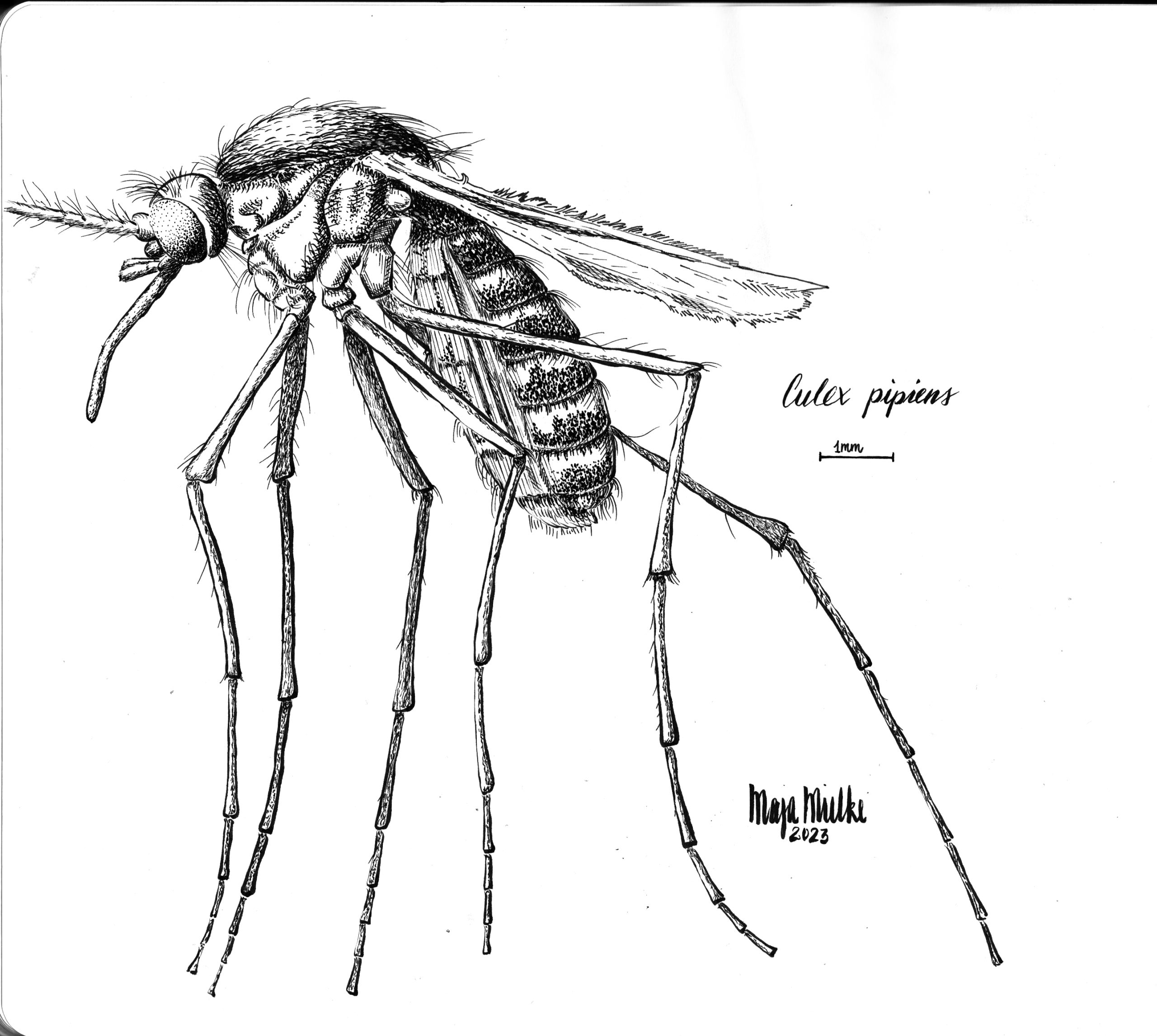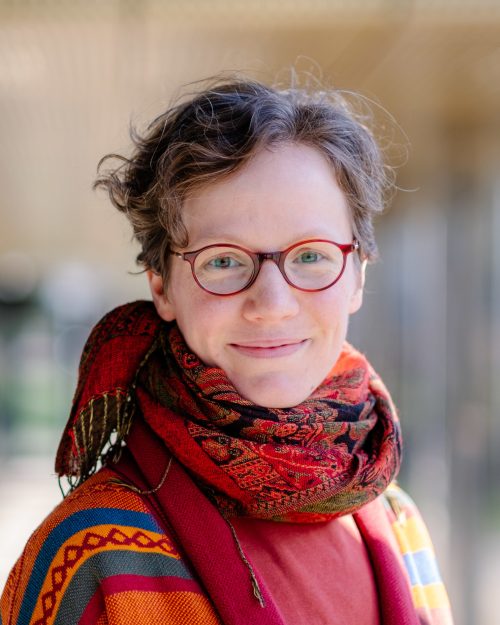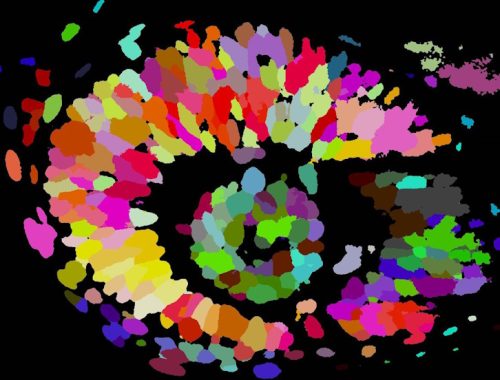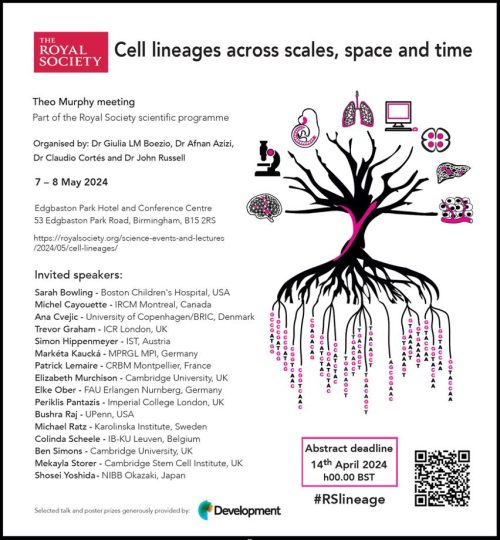The shrimp Parhyale hawaiensis – a non-model organism research story with Dr. Michalis Averof
Posted by Alexandra Bisia, on 28 April 2024
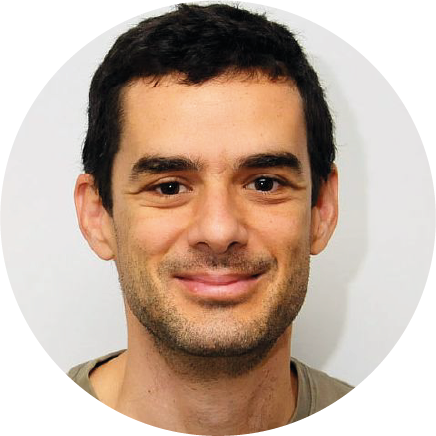
Earlier this year, my co-correspondent for the Node Brent Foster and I published a pot pourri-style interview article asking biology researchers about their work with non-model organisms (NMOs). As they all had many fascinating details and insights to share about their work with their respective NMOs, we decided to publish the full interviews as well. Below is the interview with Dr Michalis Averof, whose lab works on the shrimp Parhyale hawaiensis at the Institut de Génomique Fonctionnelle de Lyon in France.
Could you give me a three sentence introduction to what you do?
In the lab we study almost exclusively regeneration using this small crustacean [Parhyale hawaiensis] as our model. Τhe origin of the lab is evo-devo. Ever since my PhD, I was interested in comparative developmental biology, in what different organisms can tell us about mechanisms of development and how those mechanisms evolve. This is how we started to work with crustaceans, which I have been working with since then. Then gradually regeneration, which was a side project, became our main focus.
Does Parhyale exclusively regenerate its limbs?
Yes, as far as we know it is the only structure that arthropods can regenerate, basically the appendages.
What are the benefits and the specific challenges of using crustaceans as an organism of study?
There are two reasons for starting to work on a new organism, let’s say on regeneration. The first one is the evolutionary interests. Regeneration is a process that is widespread in the animal kingdom. There are also many species that don’t regenerate. And it’s still an open question to what extent this is an ancient capacity that all animals inherited from their ancestors, which was lost here and there, or a capacity that has emerged during evolution multiple times. The evolutionary dynamics of this process are not well understood at all. Studying different groups of animals allows us to make comparisons and to see to what extent animals use similar mechanisms to achieve this. Hopefully, as we accumulate more information from different branches of the tree of life, a picture will emerge. I have to say, so far, no clear picture has emerged. It’s still not clear how regeneration has evolved and what the earliest origins were. But that’s one motivation for starting [on] a new model.
The other motivation is that sometimes moving into a new system gives you new possibilities, new experimental opportunities. Our animal, for example, is a very bad system to pick if you wanted to do a genetic screen like you would do in C. elegans or in flies. But it turns out that it’s a very good system if you want to image what happens during regeneration. You can image the whole process [at] cellular resolution from beginning to end. So individual organisms, because of technical advantages mostly, offer new opportunities. In this case, the reason why we can image regeneration so well is that these animals as adults are transparent. They’re small enough that we can just image through their legs with a confocal microscope. We can make transgenics so we can label the cells; and we can immobilise them, which can be a big challenge [in other organisms]. With embryos, you can put an egg under a microscope, and it will mostly stay there, and you can do live imaging. With a regenerating adult, this is very difficult. You cannot anaesthetise a zebrafish for an entire week without killing it. In our system [though], what allows us to [image the entire process of regeneration], is the fact that arthropods are encased in a chitinous exoskeleton. We can use simple surgical glue to stick those animals on a cover slip. And they will stay there, they can’t go away until they molt. This is a small, technical thing that makes the system suitable for live imaging. And unless you have an animal that is surrounded by cuticle, it’s very difficult to find a way to do that.
It’s small features like that which make different model organisms valuable and provide new opportunities. The other thing to keep in mind is that regeneration is a process that is very poorly represented in the best models that we have. Mice, flies, C. elegans are very poor at regenerating. So in general, we don’t have great genetic models for regeneration. Zebrafish is the only exception to that.
Was that the motivation to move into the more regenerative aspect of studying Parhyale?
The motivation was simple curiosity. We had developed genetic tools, such as transgenics, we could overexpress genes, and we could label cells with GFP. We had developed these tools for other reasons; at the time, we were studying Hox genes and how they contribute to body plan evolution in the arthropods. That was the reason for generating those tools. But once we had them, it became possible to visualise what is happening. So it was a rather opportunistic thing. Often, you see something that is interesting, and you are drawn in that direction.
So getting into studying crustaceans, was there something that convinced you that they’re really special or as you say, was it more of a chance path?
I was convinced they’re special before, when I was studying evolution. Crustaceans are the closest relatives to the insects, but they have very different body plans, a different organisation of segments in their bodies. So it was an attractive group for studying body plan evolution, how segmental specialisations evolve, and whether the Hox genes might be driving those changes. So that was the reason for going into crustaceans, they were very attractive for that reason. Then, as I said, moving to regeneration was rather serendipitous, because of the tools we had already made and the fact they’re transparent.
How was the discovery made about limb regeneration?
It’s been known for a long time that many crustaceans and other arthropods have the capacity to regenerate their legs. There were some classic studies in the 70s that were using cockroaches as models for studying regeneration.
In a similar vein, then, is there at the tip of your tongue a study in Parhyale that you think is really interesting, that you would recommend to someone if you wanted to get them interested in this model organism?
I’m not sure there is a big breakthrough that has been made in Parhyale yet. I think it’s exciting to be able to see the process of regeneration, that is quite unique. Usually you see snapshots, because it takes very long, it takes weeks or months in some organisms. Having the continuous process on time lapse, where you can see how individual cells are actually behaving and dividing is very exciting, even though in terms of understanding the process, it has not really yet revolutionised the way we see things. There is no paper where I would say, this is a big discovery we’ve made in Parhyale which was very unexpected, and it changed our views.
You have to realise it’s a very small community, there are maybe 20 or 30 people working on the animal. So there’s not so much history and so much that has been done on them. But it’s nice that you have different groups of people with different interests coming in. One of the latest papers to come out this year in Current Biology is [by] people who study biological rhythms, and have studied how Parhyale regulate their daily activities in relation to tides. Our animal is an intertidal species, and it seems it has an endogenous clock that runs with the tidal cycle rather than with a day-night cycle. Well, they have both, but somehow the two interact in a complex way.
Is this something that you can disrupt by removing them from their native tidal environment and putting them in a tank in a building?
Yes. When we keep them here in tanks, we don’t really give them an artificial tide. People who study circadian rhythm had noticed that there were two peaks of activity, one in the morning and one in the evening. And the intertidal cycle is a little bit longer than 12 hours. So that might reflect the fact that they have a 12-hour cycle rather than a 24-hour cycle. But of course, in nature, the tidal cycle comes slowly out of sync with the day-night cycle. And that is not observed in the lab.
It’s exciting that people are beginning to study phenomena that were not accessible before in the standard models, like tides and regeneration. There are new aspects of biology that become accessible once you have a new system.
Considering this community is so small, and considering that the genome of Parhyale might not be as familiar, maybe there’s not 15 different genome iterations like there are for the mouse, how does data analysis and data sharing between these labs work? And what are the interactions like?
You would imagine that small communities are very well interconnected. We are connected, but not very tightly. I think it mostly has to do with the fact that we are on different continents and we study different questions. We talk to each other and we share tools and genetic resources. For example the genome sequencing and assembly was a collective effort.
We all use the same population of Parhyale. It’s a population that has been kept in the lab for more than 20 years. There are a few people beginning to isolate new populations from the wild. The funny thing about the population we share is that it was picked up in an aquarium in Chicago, about 20-25 years ago, and we don’t know which part of the world it came from originally.
It was a pest in the Chicago aquarium. And since Parhyale hawaiensis has been described to be a tropical species that lives all around the world, from Hawaii, to Brazil, to India, we don’t actually know where that particular population came from. We all use it, the genome has been sequenced from, and all our transcriptomic work is based on, that population. Those are the kinds of genomic resources that we all share.
For transgenesis and CRISPR, we more or less use the same protocols. We don’t share transgenic lines so often, but that’s mostly because we have different interests, and each of us develops our own lines for the particular questions we’re asking. The other issue is, we haven’t yet figured out an easy way of sending these animals across the world without having problems with customs. That is a bit of a barrier.
On the other side, as there are so few people working on shrimp, I assume that there’s only one person per department per University per country. Is it difficult to engage with people working on other things? How useful do you find it?
It’s not difficult because each of us belongs to different scientific communities. It’s not that you have to work on the same species to engage with people. The regeneration community, for example, is very large. We talk to that community, we talk to the evolutionary biology community. Even though I have worked with crustaceans, I was always close to the Drosophila developmental biology community. The labs where I did my PhD and my postdoc were fly labs. We don’t feel lonely. We are more isolated in terms of technology, in the sense that for every project, we have to develop our own tools, there isn’t this big community behind you generating Gal4 drivers or Cre lines that are shared, like you have in other systems. When you start a project, you have to generate those tools by yourself. And that is a major limitation when working with our kind of peripheral models. The critical mass of the community is important for generating and sharing tools, and we don’t have that.
Would you say it takes a slightly more adventurous researcher to decide to go down that path?
Definitely, it takes a different kind of researcher. To work with these animals, you have to realise that research is going to move much forward more slowly, because you will have to start many things from scratch. The benefit, on the other side, is that in almost anything you study, you’re going to make new discoveries, because no one has studied that before. So you’re entering a virgin field. It takes a lot of effort to discover something, but whatever you discover is new knowledge. You have the opportunity to shape your research field to a larger extent.
Thank you very much. Is there anything else you’d like to add?
Perhaps I should tell you what my motivation behind all this is, besides the specific questions that we’re asking. Biology has focussed on model organisms for very good reasons, because model organisms give us the tools to go deeper and to study mechanisms. But, over the years, we have developed this idea that model organisms will reveal universal mechanisms, and that we can study most of biology through the model systems that we have chosen.
But I am convinced that there is an enormous amount of biology that we are missing, if we rely only on the established models. There are simply biological phenomena which are not represented in this handful of organisms. Regeneration is partly one such example. But there are other topics, like developmental plasticity, where you have different casts of animals that develop depending on the environment, there are no established genetic models for that kind of study. There are organisms that eliminate half of their genome in somatic cells, they break their chromosomes apart and shed half of the genome during development, and they only keep the full complement in the germline. There is a significant number of organisms, spread all around the tree of life, that do that. There is no way to access this kind of phenomenon and to understand its importance in established models. I see these like new continents of biology that are still unexplored. New model organisms will allow us to explore these. Of course, it’s going to be difficult, and it’s going to take time, and it’s going to take development of tools. But that’s for me the major motivation for going into different systems, because I think there’s biology that we haven’t discovered yet.


 (No Ratings Yet)
(No Ratings Yet)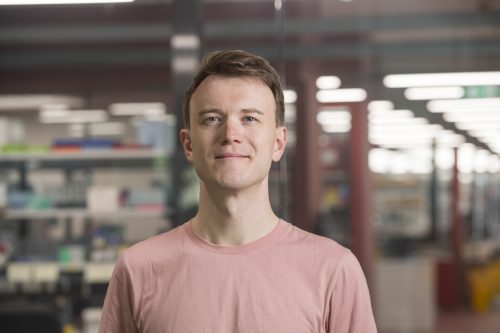
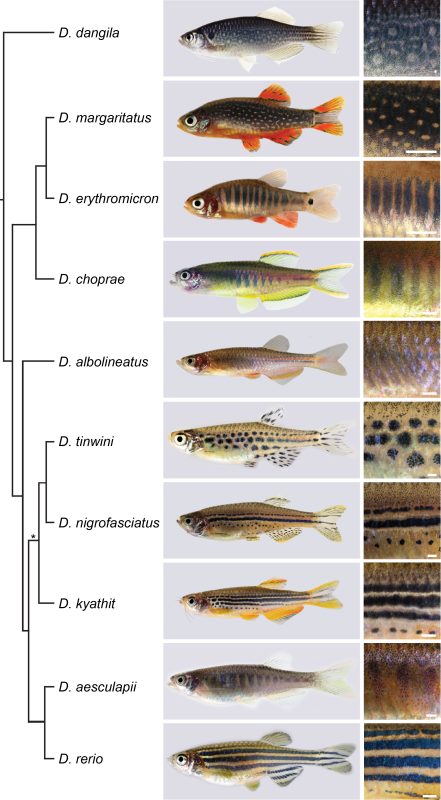
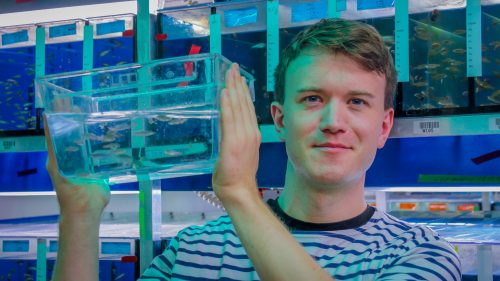

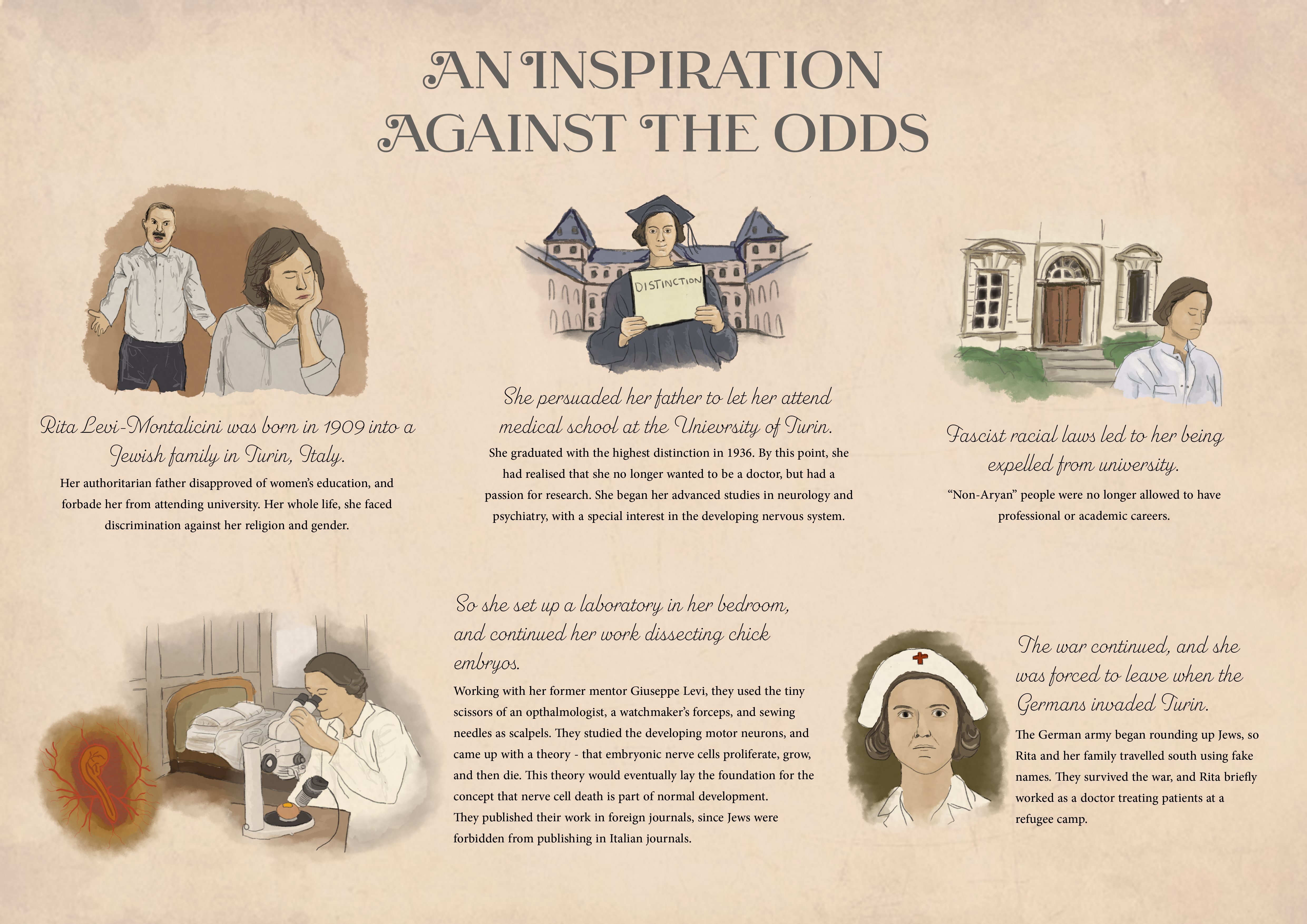
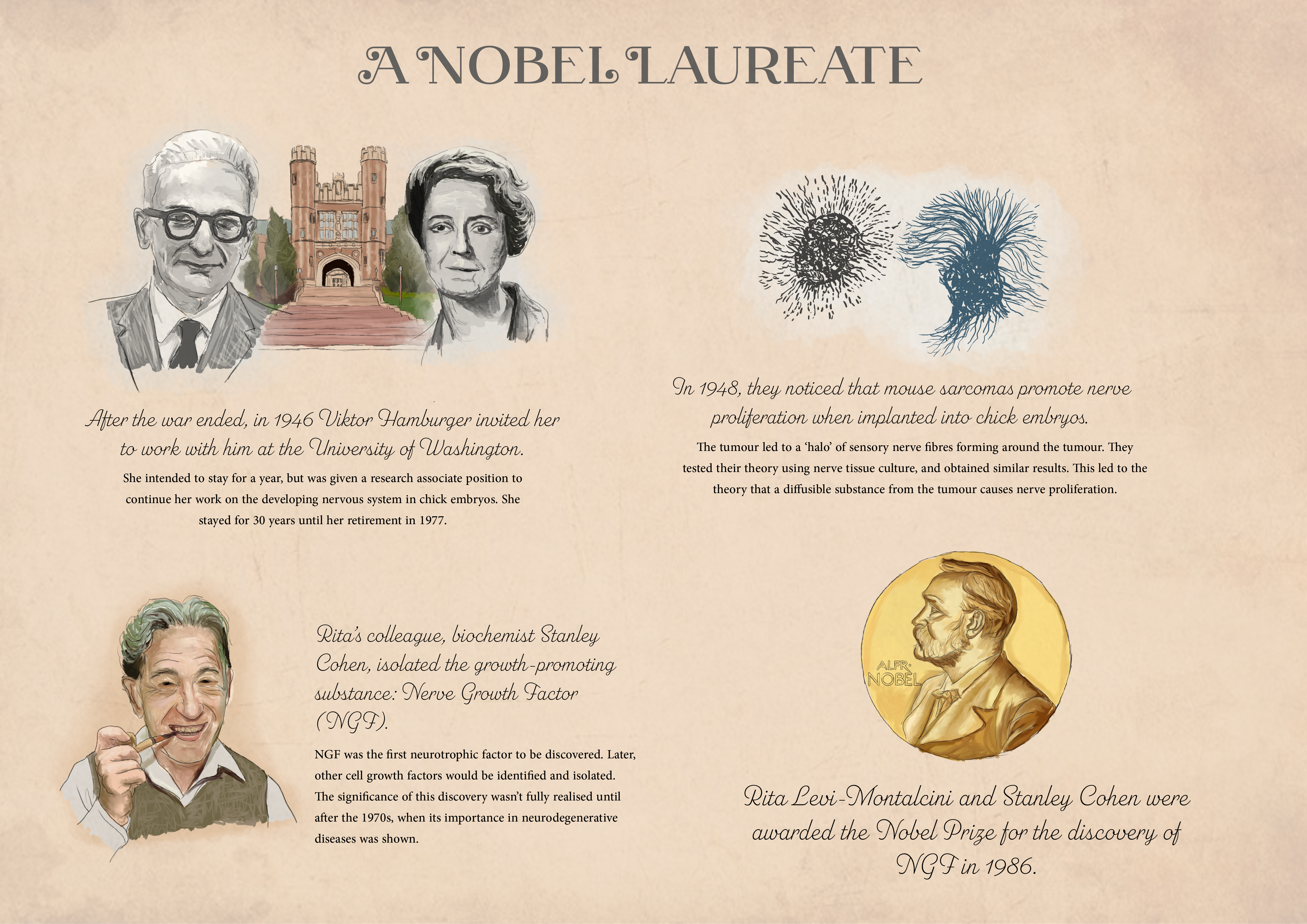
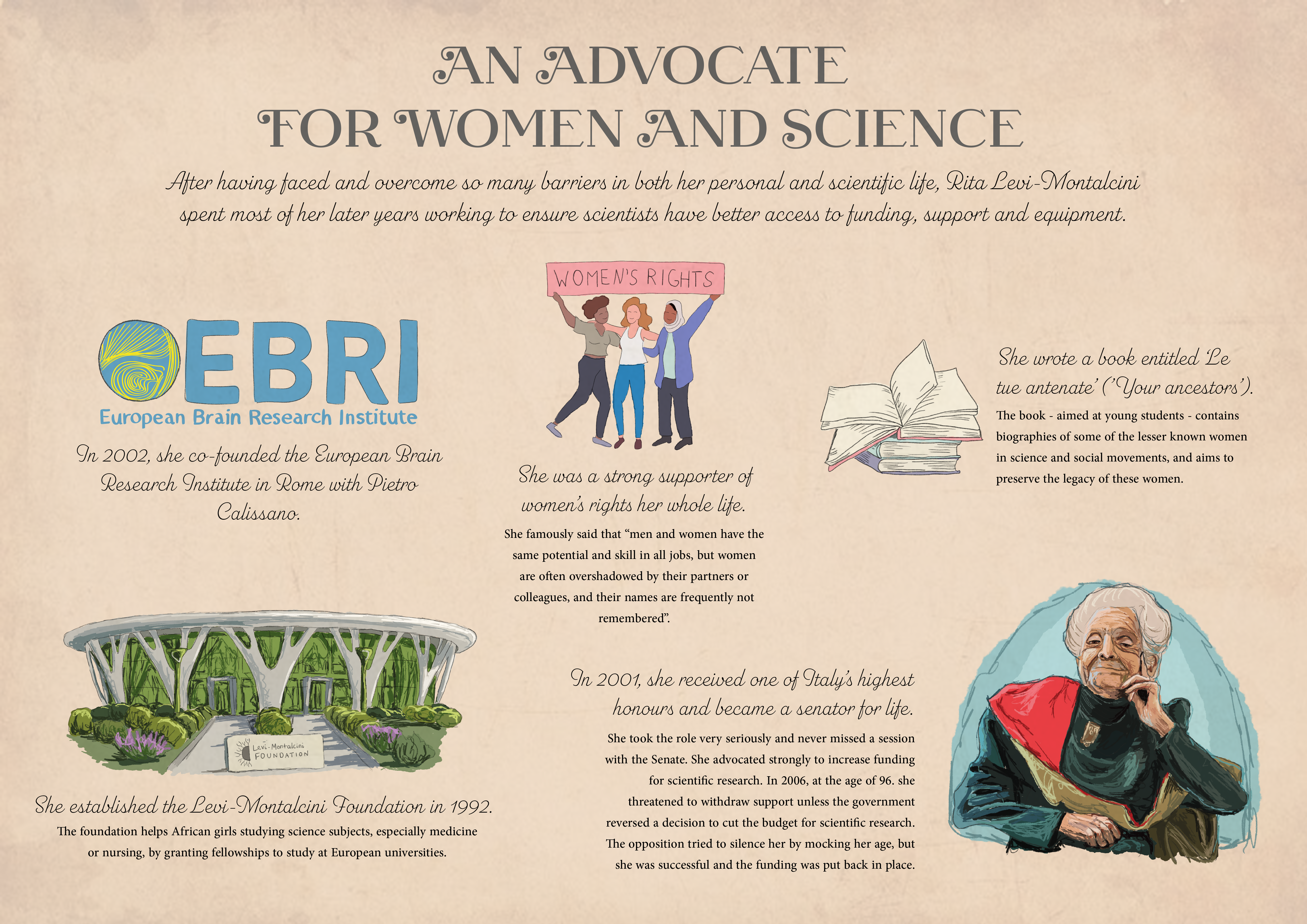
 (7 votes)
(7 votes)